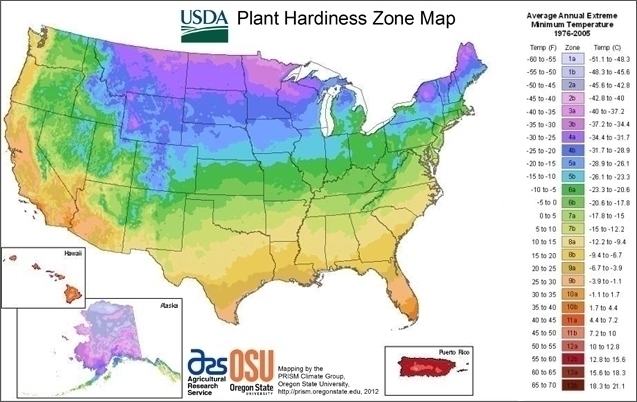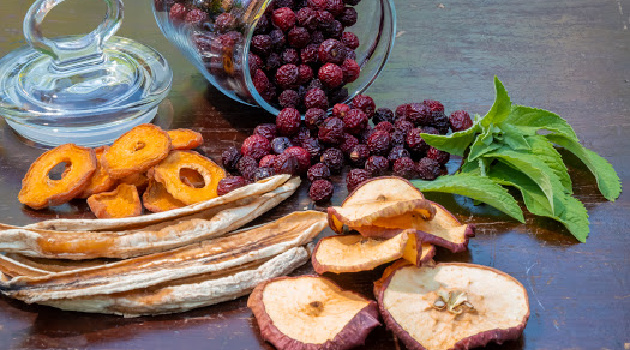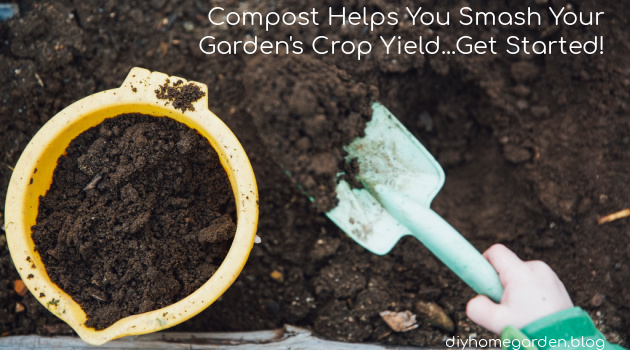Cilantro (Coriandrum sativum), also better known as coriander, is a multi-purpose annual herb with shiny, broad, and flat leaves that almost resemble those of parsley. Perhaps the major physical difference between the two is that parsley leaves have pointy serrations whereas cilantro leaf serration tends to be more rounded and lacy-looking.
The herb (Cilantro) is believed to have originated from North Africa, Southern Europe, and the western part of Asia.
Other than its culinary use, cilantro was (and is still) also used in the medicine space to treat digestive problems such as dyspepsia and gastrointestinal spasms in addition to being an appetite booster.
Externally, it can be used to ease joint pain and inflammation.
The herb thrives well in outside garden (on the ground) but can also be grown indoors in pots—which should be deep enough to accommodate its big taproots. It is self-sufficient to a great extent, requiring little help from you.
Grow it in zones 3 through 11.

Varieties of Cilantro
Just like the other members of cilantro family, Coriandrum sativum also has several cultivars, and they include:
1. Santo
Santo is a slow-bolting cilantro variety often grown for its leaves. Other than the seeds and leaves, its flowers are also edible.
They (the flowers) are best used raw since the flavor tends to fade quickly when cooked.
Use on bean dishes, salads, and chicken.
This variety is also a great attractor of the beneficial insects like bees and tachinid flies.
It takes 7-10 days for the seeds to germinate at a temperature of 65-70 degrees Fahrenheit.
2. Leisure
This standard type of cilantro is very similar to Santo when it comes to flavor, uniformity, and cold-tolerance.
3. Calypso
Calypso full bulky plants are the slowest to bolt. They’re estimated to be 3 weeks slower (when it comes to bolting) than Santo.
The seeds take 7-10 days to germinate at 65-70 degrees Fahrenheit.
Bolting is likely to occur in the midsummer heat.
The plant grows up to a height of 12-18 inches.
4. Cruiser
This cilantro variety is bolt-resistant and unlike calypso, it exhibits a tidier, more upright form.
Its sturdy stems and large leaves make it the preferred bunching variety for market sales.
5. Festival
It grows fast with large leaves and can overwinter in zones 8 and 9.
Cilantro growing needs
Light
Cilantro prefers full sun but can also tolerate light shade, especially for areas with a warm climate. Grow it where it will receive early morning or the late afternoon sun, and be shaded when the day gets hottest—to keep from overheating.
Soil
The soil should be well-drained with a neutral pH level of 6.2 to 6.8. You can improve your soil by mixing in aged compost or any other rich organic matter.
Consider premium potting mix if growing the herb in a container. It’s more aerated compared to garden soil, which is dense.
Temperature
70 degrees Fahrenheit is good enough to extend cilantro’s life span. Anything more than that, (say over 75 degrees F) will quickly trigger the herb into bolting thereby cutting short your harvest cycle.
Growing tips
- Plant your cilantro in the cool weather of fall or spring. Avoid planting in the summer as the heat can trigger premature flowering and send the plant into seeding. Plus, it can make the leaves bitter.
- If possible, grow from seed, and directly where you would want it to grow. This is to avoid stressing up the plant, something that can as well lead to premature bolting (seeding). Also, cilantro grows long tap roots which the little seedling pots may not be able to accommodate.
- Prepare the seeds before planting by soaking in water for 24-48 hours. Then remove from the water and allow them to dry (this step is optional). Soaking helps increase the seeds’ chances of germination.
- Sow the seeds 1 cm apart and cover with ¼ inch layer of soil. Wait until your cilantro plant(s) get to a height of 2 inches then thin to a spacing of 3-4 inches. The seemingly crowded growing conditions of cilantro helps ensure that the leaves offer the much-needed shade to the roots to prevent the plant from bolting, especially in hot weather.
- For a steady supply of cilantro throughout the growing season, consider planting new seeds every six weeks.
- If you’re transplanting the herb into your garden, make holes 3-4 inches apart. Water thoroughly after transplanting.
Care tips
Avoid over-watering
Just water enough to keep the soil moist. About an inch of water, a week is sufficient. Regularly check the soil and irrigate when it appears dry.
Fertilizer
Fertilize with water-soluble fertilizer about once a week—to boost foliage development. Stop fertilizer application once the plant flowers and begins to set seeds.
You can as well use organic fertilizer or simply add well-rotted manure/compost into the soil before planting. This option is great if you intend to grow your cilantro organically.
Pruning
Pruning helps encourage new growth by delaying the seeding process and in turn prolonging your harvest time. Also, when grown out, cilantro’s leaves tend to be bitter; making it less desirable.
Begin trimming off the stems once the plant is 6 inches tall—roughly 60-75 days old after planting.
You can either pinch or use sharp scissors to remove the stems. Just ensure that you don’t cut past the newly emerging growth.
Harvesting
Harvesting is pretty much the same thing as pruning. So by 60th or 75th day after planting, trim your cilantro leaves and use them when fresh.
Simply hold a stem by its outermost (or extreme) leaves using your thumb and forefinger. Trace downwards where there is new growth coming up. You do not want to damage the herb, so pinch only about 1 cm above the emerging growth—to take off the leaves and the stem above it.
Avoid pulling off the stem as this can damage the entire plant.
The secret to a prolonged harvesting cycle is to begin pruning early and do it often; to encourage new growth. Once the herb begins to flower and produce seeds (commonly known as coriander seeds), you can no longer harvest it. The leaves will have lost its flavor.
Large-scale harvesting of cilantro
Use shears or sharp scissors to cut those large leafy stems—just above the ground. By this time the stems should be 6-12 inches tall, which is the appropriate harvesting height.
Harvest, at most, 1/3 of the plant’s mass to allow it to retain its strength. You can visually assess and count the large stems on every plant before deciding on the number to remove.
Problems to look out for when growing cilantro
Powdery mildew
This is a powdery white coating that you’ll most likely spot on the foliage during the hot dry periods.
Offering the plants sufficient moisture and not overcrowding them is an effective way to prevent powdery mildew.
A layer of mulch around the plants will help to boost and retain the moisture content of the soil.
Leaf spot
It’s usually a result of poor air circulation and excessive moisture.
In the beginning, the spots will appear yellow and small then later turn into large brown spots.
To prevent leaf spot, ensure the soil is well-drained. Thin out the plants (enough) to encourage good air circulation. Also, avoid over-watering.
Cilantro drying tips

Drying is probably the most effective method if you want to keep your harvested cilantro for longer periods of time.
And so, below are the three methods you can use.
1. Hang to dry
Wash your cilantro under cool running water then use paper towels to pat it dry. Tie the stems together into clusters with twist-ties or simply some string. Hang in a warm dry place away from direct sunlight and leave to dry for several days.
Note: Ensure you put the bunch of cilantro in a paper bag before hanging it upside down to dry. The paper bag helps keep dust off your drying cilantro and enables you to gather any leaves that might fall off during and after the drying process.
Also, never hang the bag anywhere near an air-conditioning vent or oven. An air-conditioning vent will most likely alter the temperature around the bag and elevate the humidity therein, hence causing your cilantro to rot.
The oils and fumes from the oven can as well deteriorate and change the taste of your dried cilantro.
2. Oven drying
After washing, pat dry with a paper towel.
Place on a baking tray and heat in the oven for 30 minutes. Ensure you set your oven at its lowest possible temperature to prevent the herb from burning even as it dries out.
Consider lining parchment paper onto the baking tray before placing the cilantro leaves. This will help prevent the leaves from getting glued to the tray during the drying process.
3. Dehydrating cilantro
After the same washing procedure and removing the excess water, place the herb onto your dehydrator trays. You can remove the stems (optional).
Set the dehydrator to 110 degrees. Let the herb dry for 3-5 hours. Your cilantro will be brittle once completely dry.
Freezing option
This is great for storing large amounts of the herb. Wash the leaves and stems then dry them thoroughly. Place in an airtight freezer-friendly container or re-sealable freezer bag, and freeze. It will store for a year.
 The Takeaway on Growing Cilantro in Your Garden
The Takeaway on Growing Cilantro in Your Garden
What’s your reason for growing cilantro? If you intend to use it for medicinal and culinary purposes, feel free to give it some partial shade.
However, if you’re growing it for seeds (popularly known as coriander), full sun is mandatory. Cilantro hates movement, so decide in advance where you want it to grow.
Content last updated 07.10.2021


